16 Types of Landscape Edging (With Pictures)
-

- Last updated:

If you want your garden to look as professional and manicured as possible, you cannot neglect landscape edging. Edging will create a definitive barrier between your garden and everything surrounding it. It can also help to keep the soil and mulch within the bounds of the garden.
The fun part of landscape edging is selecting a material that matches your yard and stylistic preferences, and there are many edging options to choose from. Scroll down to see 16 types of landscape edging you can use in your own garden.
The 16 Types of Landscape Edging
1. Brick
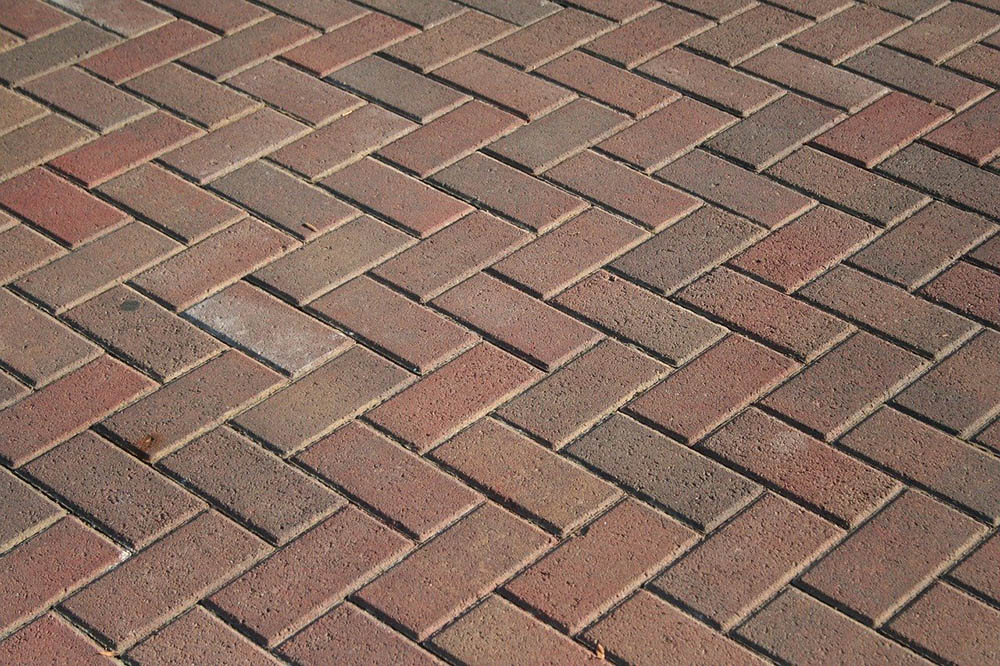
Brick is one of the most popular landscape edging materials. It creates a definitive line between your flower bed and lawn. It looks sophisticated and is long-lasting and there are also many stylistic choices you can make within the brick category.
For example, you can get different colored bricks and select a color that matches or complements your garden. You also have the choice to lay them horizontally or vertically. It is ultimately up to you to decide which coverage is best.
Find a brick and stone specialist in your area, and get free, no-commitment estimates for your project.Consult a landscaping expert

2. Concrete
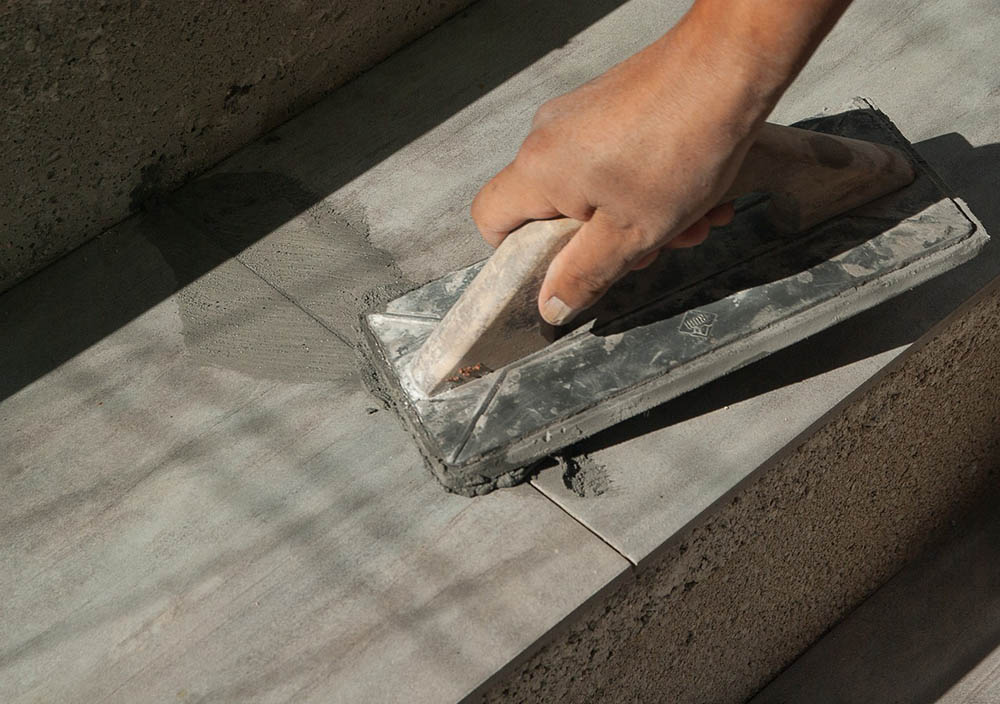
Concrete can be used in many ways as landscape edging. Simple poured concrete gets the job done and is cost-efficient. You could select concrete that has a specific finish so that the edging matches the decor of your garden instead.
Like with brick, the options for concrete edging are practically endless. Don’t just select poured-on concrete, thinking that is your only option. You have quite a few options to choose from.
3. Rocks

Large rocks are a favorite border material. They create a rustic look and a definitive barrier. Rocks come in many shapes, sizes, and colors so that you can match the rock to the style of your garden.
You’ll be able to find specific edging rocks that have been cut strategically to create an organized but natural-looking edge material. You could also use regular rocks that you find in the forest or around your yard for a more raw look.
4. Stones

Rocks and stones are similar, but we use stones to describe a much smaller form of rock. Instead of using large rocks, you can use small stones as the barrier. This is a good option if you don’t want your edge to cover the flowers or shrubs.
You can even use rocks and stones together. For example, large rocks will often have gaps in between them. Fill those gaps with stones for a complementary look.
5. Wood
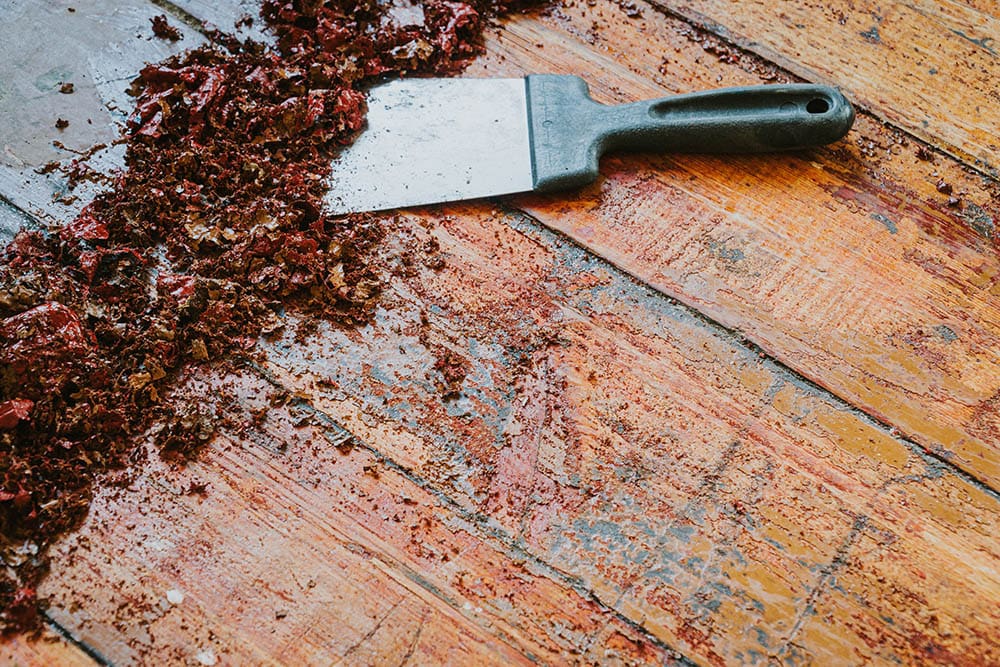
If you are looking for a natural and attractive border, wood is one of the best options you can select. You can purchase wood posts with sturdy spikes so that you can install the edging easily and efficiently.
You could also select more natural wood and lay it horizontally. If you do this, it’s important to treat the wood to prevent termites and other insects from infiltrating the area.
6. Metal

Metal edges are very popular among gardeners who want a manicured look. It will keep the flower bed contained, even amongst regular wear and tear. It is durable and will last you a long time too.
Metal is specifically a good pick if your flower bed includes curves or contours. Because the metal edge is made from a thin sheet, you can warp the metal so that it fits the contours perfectly.
7. Iron
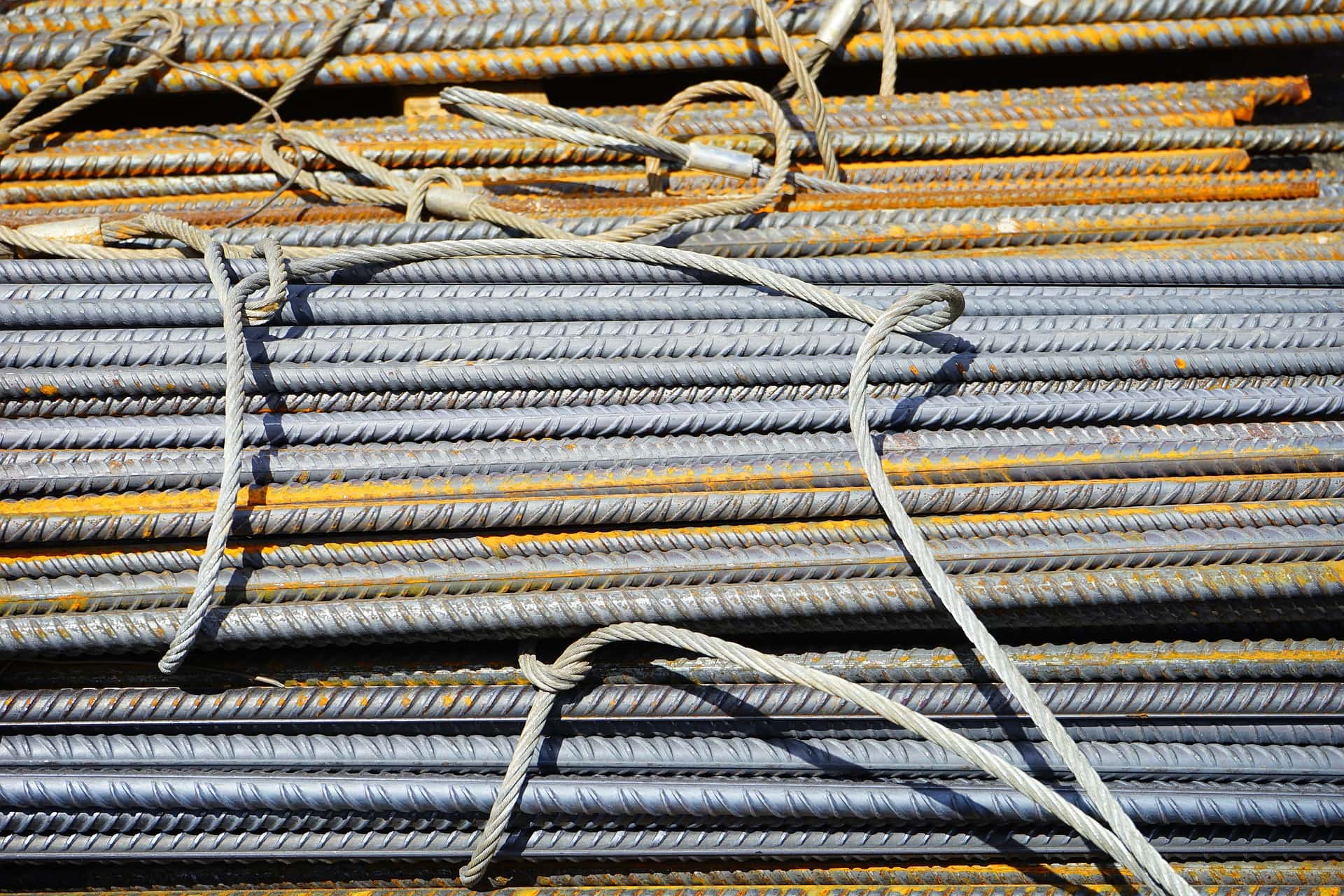
One specific type of metal edge that individuals love is iron. Iron edges often look like mini fences that surround the perimeter of the flower bed. This creates a rustic and classic look that people adore.
8. Plastic

If you don’t feel like putting a lot of work into your edging, you can select easy plastic edging instead. Many gardeners select this because it does not require digging and it is easy to maintain and install.
There are tons of options for plastic edging as well. Plastic edging can be made to look like stone, wood, cement, and just about anything else you could think of.
9. Rubber
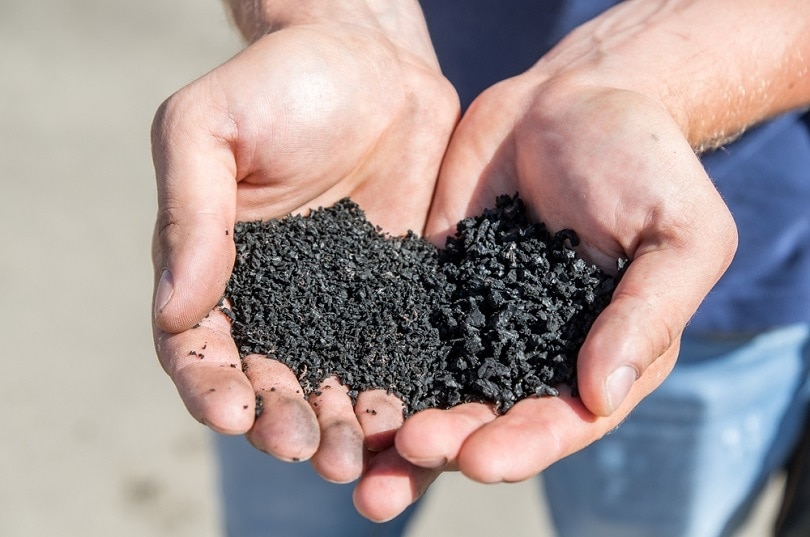
Rubber isn’t quite as popular as some of the other materials we’ve looked at so far, but it is a great way to have a finished look using recycled materials. Rubber edges can be used for other purposes too, such as preventing weed growth.
10. Mulch
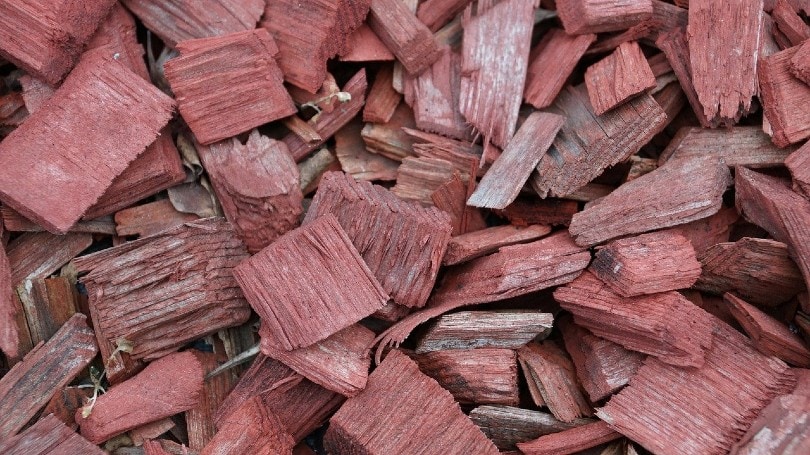
If you want a more subtle option, you can go for mulch. You will have to treat the surrounding grass first so that the mulch looks attractive as a border. This will create a subtle edging that still does its job.
11. Coco Fiber
Coco fiber is another subtle option to select. When used as a lawn edging, it is mixed with latex to create a durable and long-lasting edge. This is a good option if you don’t want to deal with lawn trimming. Instead, the Coco fiber will create a big enough space between the lawn and the garden so that you can quickly mow.
12. Tree Ring
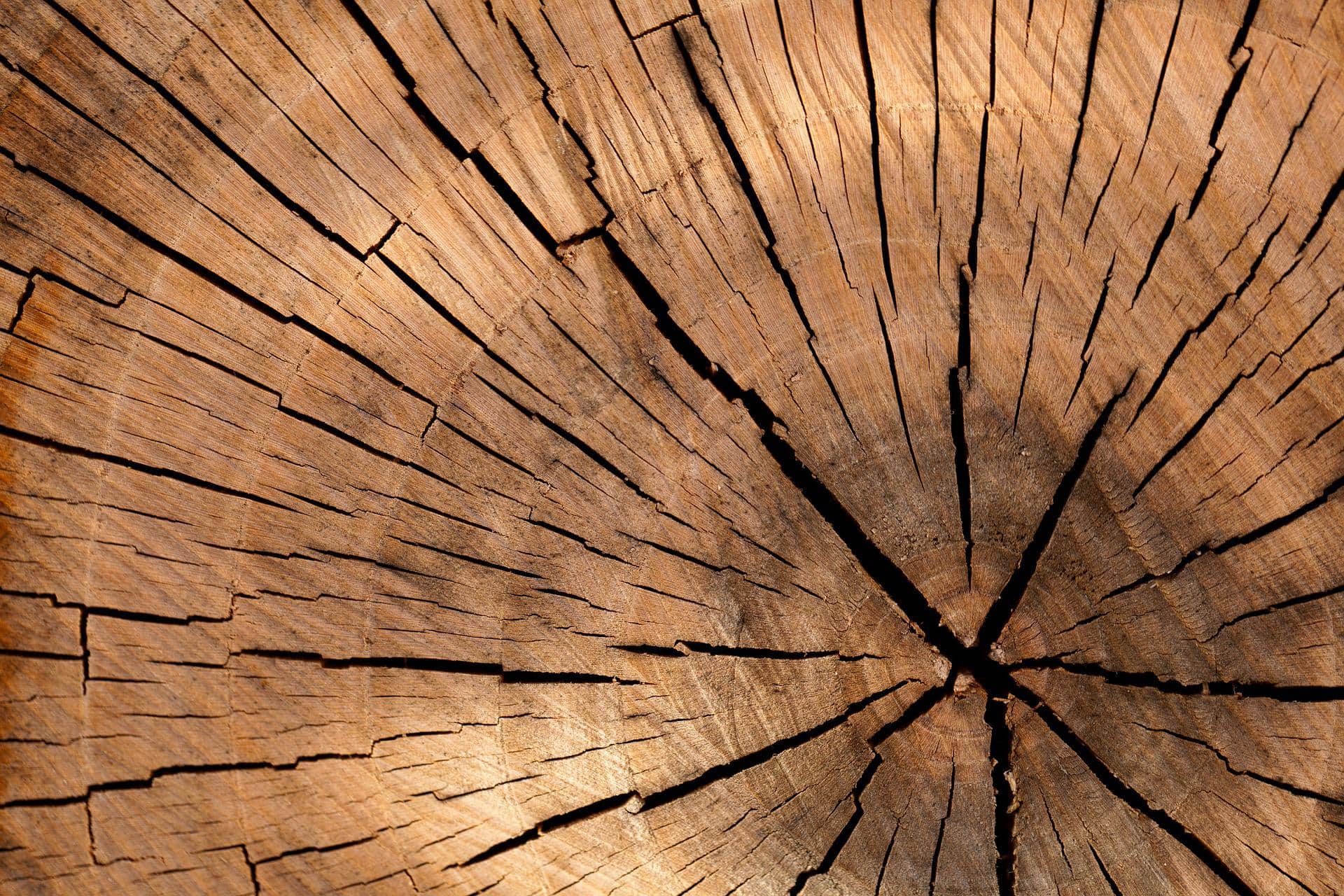
In the case that you are specifically looking at edging for trees, consider a tree ring. The tree ring will make your landscape look much more interesting since it adds a perfect circle around the tree.
There are plenty of tree ring styles to select. Some have a natural wood finish so that the ring matches the tree, whereas others are made from metal.
13. Fence

A tiny fence is a super cute and unique way to create a landscape edge. Depending on the size or height of your garden, the fence can be 6 inches to a few feet tall. Most fences are made from wood, but you can select plastic or metal fences as well.
14. Trench
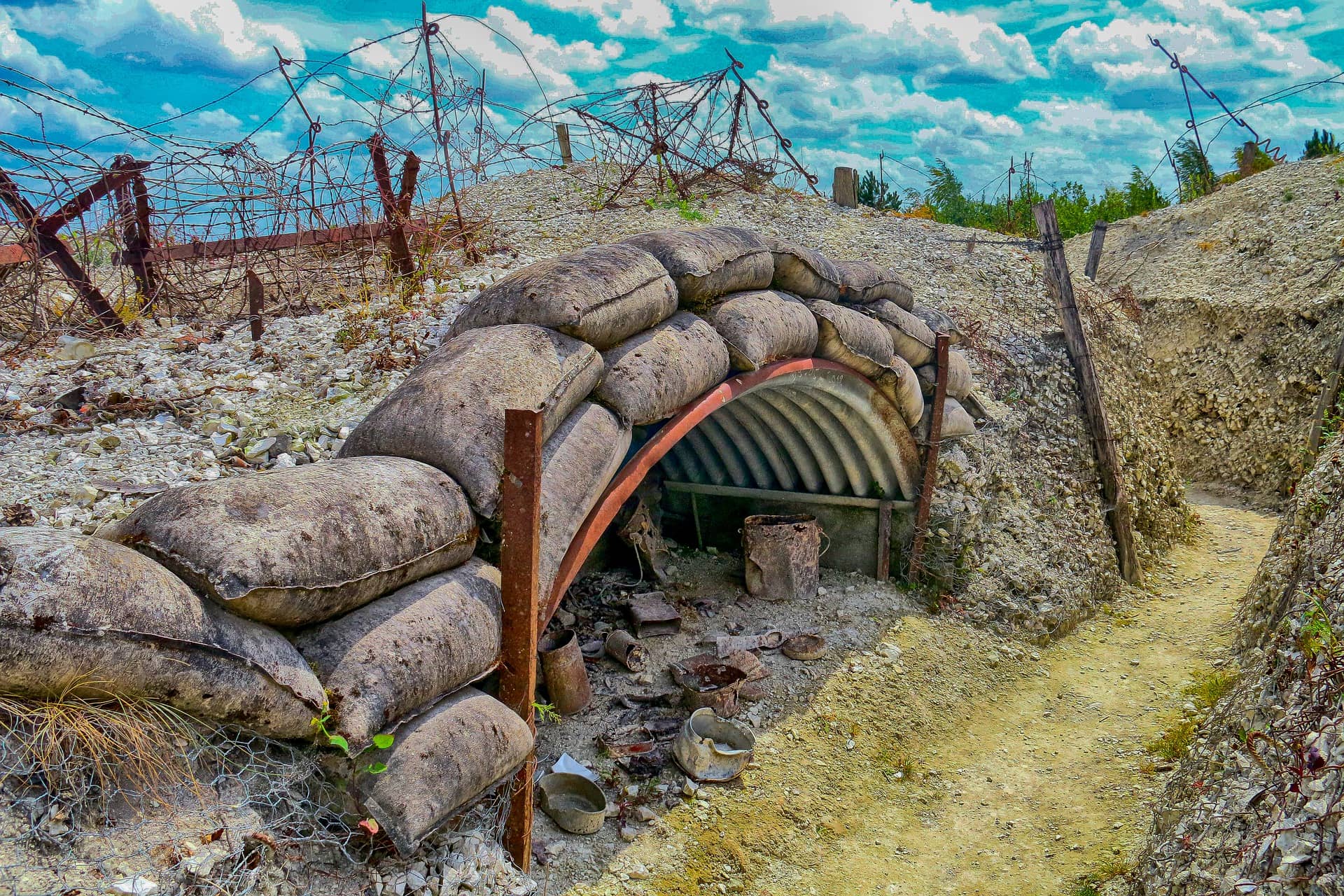
One of the most classic edges is the trench edge. You simply use an edger tool to create a trench between the lawn and the garden. If you are on a budget, this is one of the best options to select since you don’t need any additional items or materials.
15. Stone Path
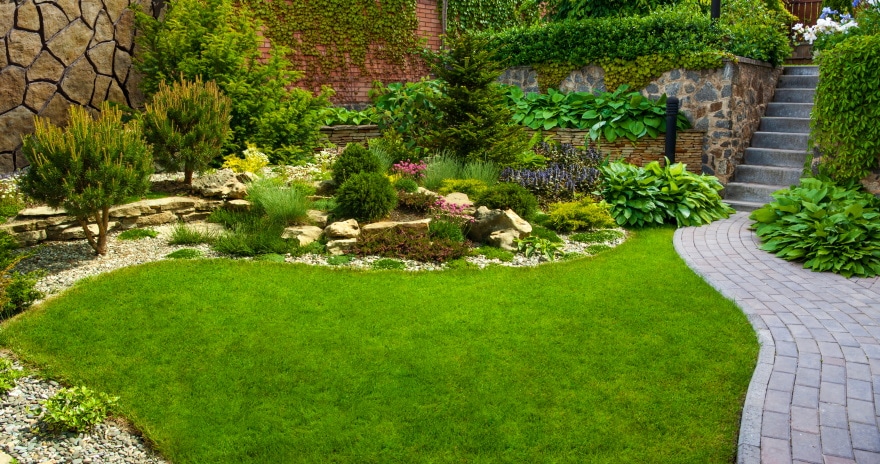
If you enjoy looking at your garden, consider making a large stone path as the border. All you need to do is place pathway stones on the edge of the garden. These stones will allow you to walk the circumference of the garden, all while creating a border.
For your stone path, you can select precut stones, or you can find more natural-looking stones that lie flat. Either way, a stone path edge is one of the most functional edges around.
16. Mixed Edge
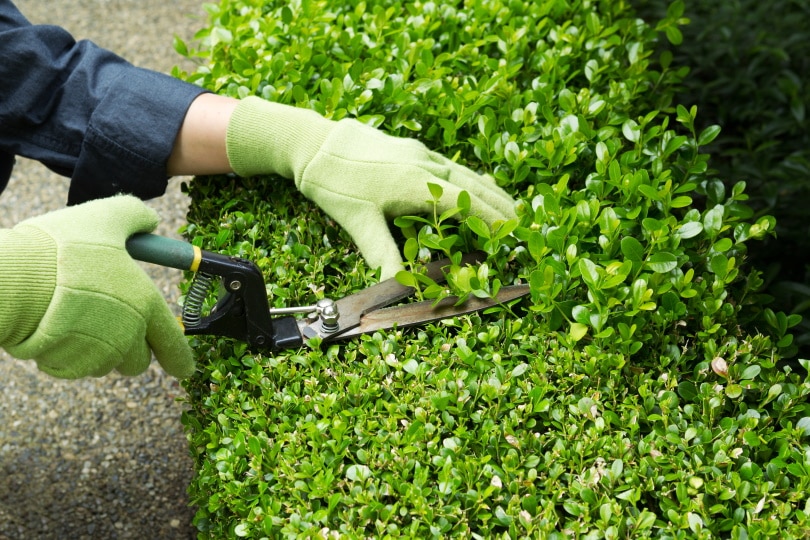
You can also use more than one of these ideas together at once! For example, you can use brick with rocks and stones or wood with stones. Using a mixed edge is one of the best ways to get a unique-looking garden that is unique to your home and style.
Picking Out The Best Landscape Edging for Your Needs
Picking out the best landscape edge for your needs can be difficult. After all, all of these ideas are highly attractive and efficient. If you are having trouble selecting your ideal material, consider these three factors:
Price
Price is the number one factor you should consider when selecting an edging material. Some edging materials are really affordable, whereas others are expensive. Specially cut rocks, for example, will be much more expensive than a plastic edge. Know your budget first so that you can narrow down options fast.
Difficulty Level
You also have to think about how much effort you want to put into installing the edge and maintaining it. As we learned above, some edges can be installed without digging, whereas others will require some additional tools.
If you want an edge that is as easy as possible to take care of, coco fiber or stick-in options will be best. Stones or wood, in comparison, require more work.
Appearance
Finally, decide which option is best for you by considering appearance. Everyone will have their own style and preferences for the material.
If you can find edging material that fits your price range, ideal effort level, and preferred appearance, you know you have the best landscape edging for your garden.
See Also:
- 11 DIY Wood Garden Edging Plans You Can Make Today (with Pictures)
- 16 DIY Wood Garden Edging Plans You Can Make Today (with Pictures)
 Conclusion
Conclusion
Deciding what is the best landscape edging for your garden is a fun process that will add a lot of flavor to your yard. Any one of the 16 ideas above will help make your garden one-of-a-kind.
If you’re having trouble making your final decision, go back to the three factors mentioned above. These factors will help you decide which landscape edging is best for your needs.
Featured Image Credit: Pixabay
Contents

